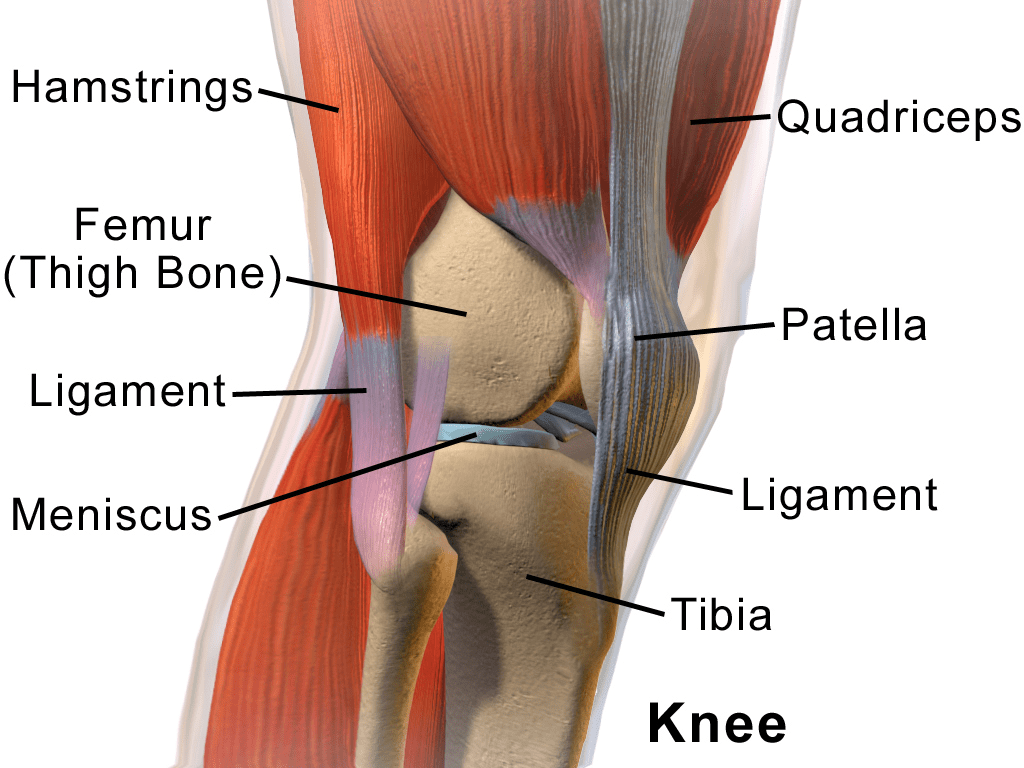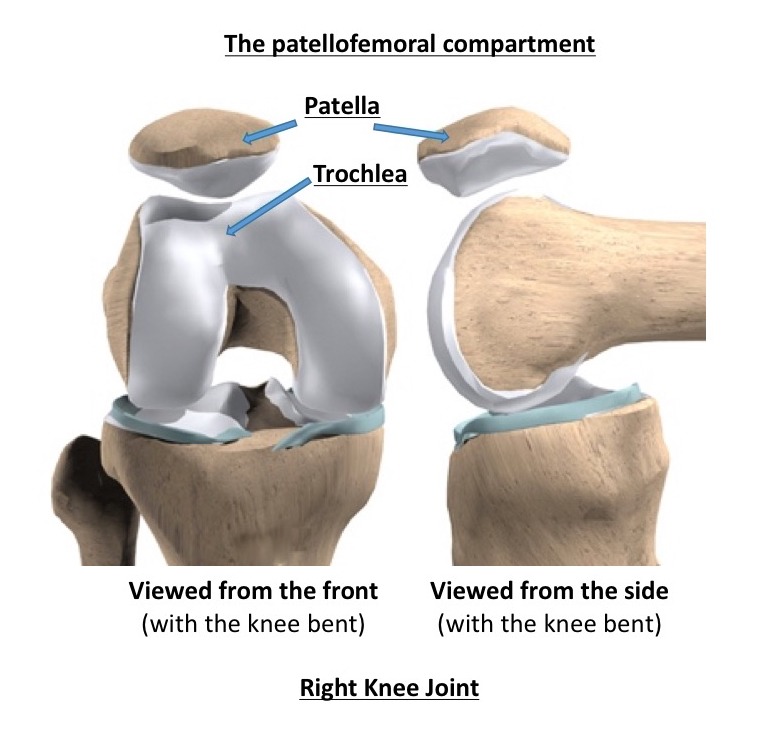Varunam Super Speciality Hospital
Knee Pain Treatment In Nagpur
Knee Pain Treatment
Knee pain is a common symptom in people of all ages. It may start suddenly, often after an injury or exercise. Knee pain also may begin as a mild discomfort, then slowly get worse.
Knee pain is a common complaint that affects people of all ages. Knee pain may be the result of an injury, such as a ruptured ligament or torn cartilage. Medical conditions — including arthritis, gout and infections — also can cause knee pain.
Many types of minor knee pain respond well to self-care measures. Physical therapy and knee braces also can help relieve pain. In some cases, however, your knee may require surgical repair.
At their worst, they cause pain that interferes with daily activities, including walking. You may feel this pain when bending your knee, while putting weight on it, or all the time. However, there are treatments and pain management options that can eliminate or alleviate these problems.


Symptoms of Knee Pain:
- Pain: Persistent or intermittent pain in and around the knee joint.
- Swelling: Visible or palpable swelling or inflammation in the knee.
- Stiffness: Difficulty or discomfort in moving the knee joint, especially after periods of inactivity.
- Instability: Feeling of the knee “giving way” or being unstable during movement.
- Clicking or popping: Audible or palpable sensations of clicking, popping, or grinding within the knee joint.
- Redness and warmth: Increased redness or warmth in the knee area, indicating inflammation.
- Limited range of motion: Difficulty fully extending or flexing the knee.
Types of Knee Pain:
- Acute knee pain: Sudden onset of knee pain due to an injury or trauma.
- Chronic knee pain: Persistent or recurrent knee pain lasting for an extended period, often due to underlying conditions like arthritis or overuse injuries.
- Patellofemoral pain syndrome: Pain in the front of the knee, around the kneecap (patella), often worsened by activities like squatting, climbing stairs, or prolonged sitting.
- Meniscus tears: Tear or damage to the cartilage cushioning the knee joint, leading to pain, swelling, and limited movement.
- Ligament injuries: Tears or sprains of the ligaments supporting the knee, such as the ACL, MCL, or PCL, causing instability and pain.
- Osteoarthritis: Degenerative condition characterized by the breakdown of cartilage in the knee joint, leading to pain, stiffness, and reduced range of motion.


Treatment
- Treatment: Treatment options for knee pain depend on the underlying cause and may include rest, physical therapy, pain medications, corticosteroid injections, braces or orthotics, and in severe cases, surgery
- RICE (rest, ice, compression, and elevation). This can work for acute pain, but treatment is different for chronic pain. For chronic pain, rest may weaken muscles that need strengthening to reduce or eliminate the pain.
- Exercise and physical therapy. Some exercises help build or stretch muscles and ease pain. You also need to know which exercises should be avoided because they could cause further damage to your knee.
- Lifestyle changes. There are changes you can make to reduce your pain. For example, maintaining a healthy weight lessens stress on your knees. You may also need to avoid activities, such as running, that exert too much force on the knees.
Preventive
Preventive measures for knee pain include maintaining a healthy weight, avoiding excessive strain or overuse of the knee joint, wearing appropriate footwear, using proper techniques during physical activities, and staying active to maintain knee strength and flexibility.
- Keep extra pounds off. Maintain a healthy weight; it’s one of the best things you can do for your knees. Every extra pound puts additional strain on your joints, increasing the risk of injuries and osteoarthritis.
- Be in shape to play your sport. To prepare your muscles for the demands of sports participation, take time for conditioning.
- Practice perfectly. Make sure the technique and movement patterns you use in your sports or activity are the best they can be. Lessons from a professional can be very helpful.
Risk factors
Excess weight: Being overweight or obese increases stress on your knee joints, even during ordinary activities such as walking or going up and down stairs.
Lack of muscle flexibility or strength: A lack of strength and flexibility can increase the risk of knee injuries.
Previous injury: Having a previous knee injury makes it more likely that you’ll injure your knee again.
